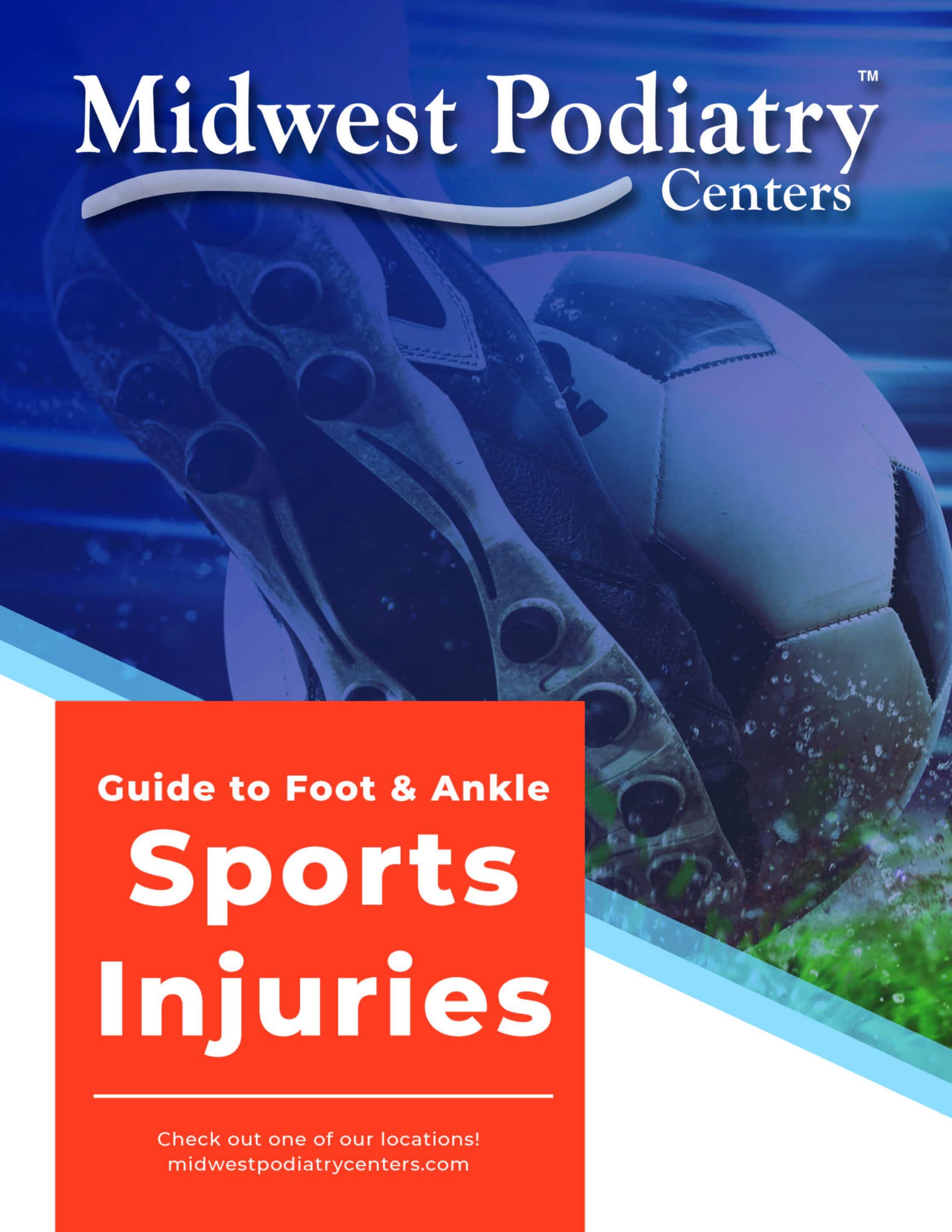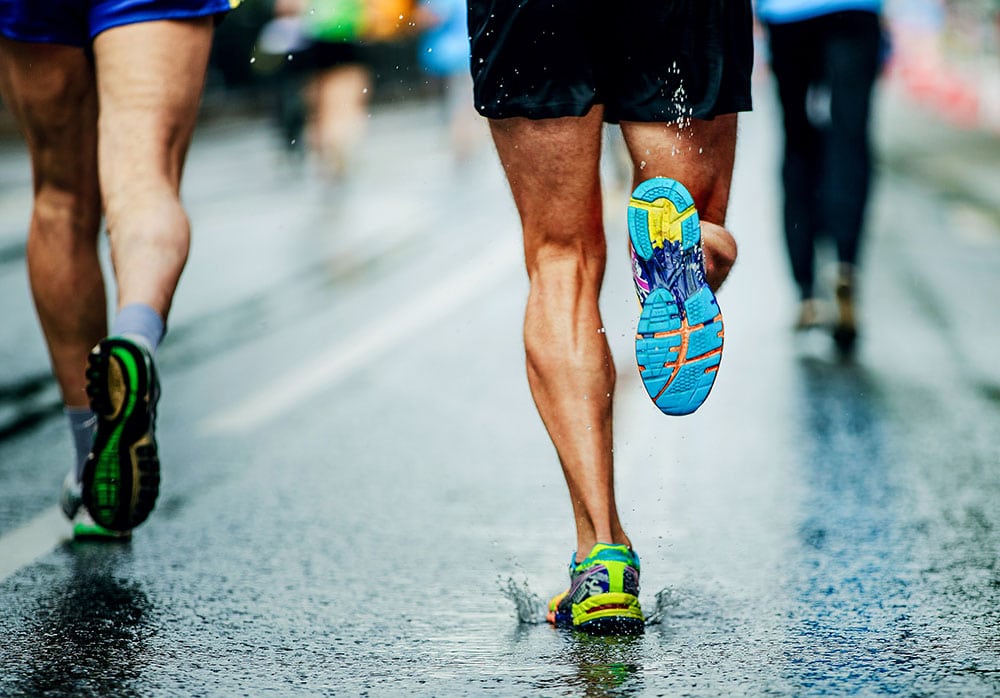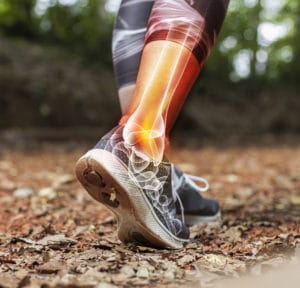Sports Injuries
Treating & Preventing
Sports Injuries
Staying active is one of the best things you can do for your foot and ankle health—and your well-being as a whole!
Unfortunately, increased activity also comes with a greater risk of sports injuries. And since the feet and ankles are tasked with carrying your body weight through whatever paces you put them through, injuries can be particularly troublesome when they happen in this area.
Our goal is to help all our patients keep moving and enjoying the activities they love. Whenever you have suffered a painful setback, do not hesitate to call us. We can not only help you recover as quickly and safely as possible, but reduce your risk of facing similar problems in the future.
How Sports Injuries Happen
Our feet and ankles contain a multitude of bones, muscles, joints, and other structural elements, all connected in an intricate way to keep us moving efficiently. In other words, there are a lot of moving parts and a lot of things that can go wrong.
If we are to generalize, though, sports injuries can fall into two broad categories:
- Acute traumatic injuries. These are the injuries that can hit you all of a sudden, often from a literal hit, fall, or twist. Sprains and fractures are common forms of this injury.
- Overuse injuries. This kind of injury frequently stems from pushing your body too intensely, or over too long a period of time without proper rest and recovery. Soft tissues can become strained and develop tears, or bones can form hairline cracks along the surface. A few examples of common overuse injuries of the foot and ankle are:
- Achilles tendinitis
- Plantar fasciitis
- Stress fractures
- Neuromas
Whatever the cause may be, any form of pain or trouble that is impairing your activity is never something to try to “push through” or ignore. Stop immediately and give us a call!
Treating Sports Injuries
If you are waiting for an appointment, we often recommend RICE therapy as an at-home first aid treatment:
- Rest (keep weight off the foot)
- Ice (apply a cold pack for 12-15 minutes several times per day, making sure to protect your skin from damage)
- Compress (wrap or bandage the injury, only if you know what you’re doing)
- Elevate (keep the injured foot above the level of your heart)
When performed within the first 48 hours of an injury, RICE therapy can significantly reduce pain and swelling.
When you come in to see us, we will perform a thorough evaluation of the injury—not only via a physical exam, but by asking you when you started to notice symptoms, what your exercise habits are, what footwear you use, and other important questions. By having a full picture of your case, we can recommend a comprehensive treatment plan that best meets your needs.
A treatment plan might include one or more of the following:
- Changes to footwear
- Changes to your workout routines (e.g. incorporating warm-ups, stretching, and/or cross-training)
- The use of custom orthotics to shift excess force away from vulnerable areas
- Ultrasound therapy, or other advanced treatments
We will fully discuss all your options with you, as well as explain why we are making our recommendations for your particular case.
Let Us Help You Keep Moving
Depending on your injury, you may need to exercise some patience in order to make a full recovery without risking reinjury. Trust us when we say it will be worth it, and we can help you continue to exercise in ways that impact your feet and ankles less as you heal.
Don’t delay in getting the help you need. Call us at (612) 788-8778 to schedule an appointment at any of our area offices.



